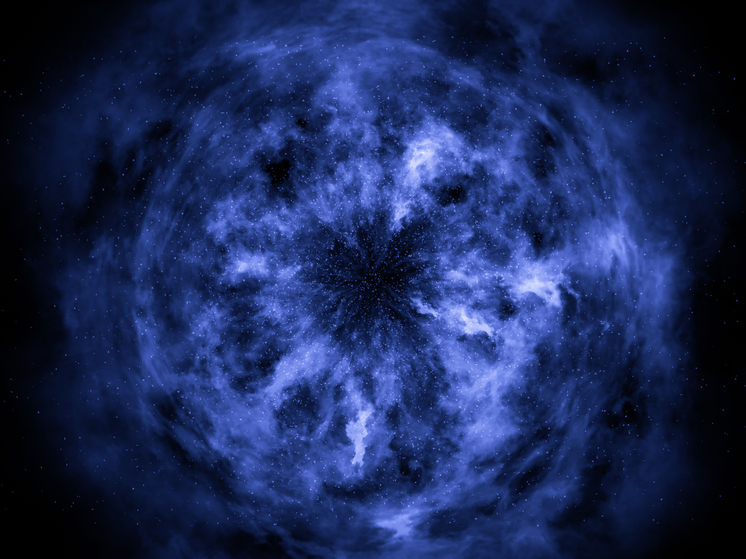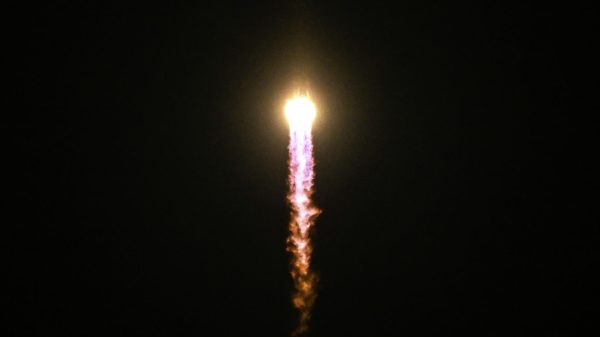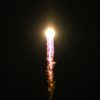What an eruption of a megamagnetic star looks like
While observing the sky, the European Space Agency's INTEGRAL satellite detected the emission of gamma rays from the nearby galaxy M82. Hours later, ESA's XMM-Newton X-ray space telescope searched for remnants of the explosion but found nothing. This phenomenon has left astronomers confused.
 Photo: freepik.com
Photo: freepik.com
An international team, including scientists from the University of Geneva (UNIGE), concluded that it was extragalactic eruption of a magnetar, a young neutron star with an exceptionally strong magnetic field.
The fact is that the ESA INTEGRAL satellite recorded a sudden explosion of a rare object. For just a tenth of a second, a brief flash of powerful gamma rays appeared in the sky.
“The satellite data was obtained by the INTEGRAL scientific data center (ISDC), from where a gamma-ray burst warning was sent to astronomers around the world just 13 seconds after discovery,” explains astronomer Carlo Ferrigno.
Let's explain: the Integral Burst Alert System (IBAS) software provided automatic localization of the M82 galaxy at a distance of 12 million light years. This warning system was developed and operated by UNIGE scientists and engineers in collaboration with foreign colleagues.
“We immediately realized that this was a special alarm. Gamma-ray bursts can come from very distant regions and from any part of the sky, but this burst came from a nearby and bright galaxy,” says Sandro Mereghetti from the National Institute of Astrophysics (INAF-IASF).
The team turned to ESA's XMM-Newton space telescope to re-observe the flare's location. However, only the hot gas and stars of the galaxy showed an appeal to technology. Using ground-based optical telescopes, the team also looked for a visible light signal just hours after the recorded explosion, but again, nothing was found.
“When stars that are eight times the mass of the sun die, they explode as a supernova and leave behind either a black hole or a neutron star. Neutron stars are very compact stellar remnants that have a mass greater than the mass of the Sun and are concentrated in a sphere the size of the canton of Geneva. They rotate quickly and have powerful magnetic fields,” explains scientist Vladimir Savchenko.
The fact is that some young neutron stars have very strong magnetic fields, more than 10 thousand times higher than the magnetic fields of ordinary neutron stars . These stars are called «magnetars». In the last 50 years of gamma-ray observations, only three giant eruptions have been identified as originating from magnetars in the Milky Way galaxy. One of them, discovered in December 2004, occurred at a distance of 30 thousand light years from the Earth, but it affected the upper layers of the Earth's atmosphere.
Eruptions of such a short duration can only be recorded by chance, when an observing instrument is already pointed in the right direction.






















































Свежие комментарии